An Original Stone Eagle Comes Home to Penn Station in NYC
A 7,500-pound eagle sculpture from the top of the original 1910 Penn Station building has been returned after years in hiding!


Political activist and lawyer Janos Marton documents his movements through his upliftingly-named website, LivingtheDream.org. As a long-standing friend of Untapped, Janos has kindly shared with us his experience inside Gracie Mansion, the home of New York’s mayors.
——————————————————————————————————
On Friday I was able to tour Gracie Mansion, the social home of the Mayor of New York City since 1942. I listened to the Bowery Boys podcast before the tour, which was clutch, as the tour guides themselves were light on history and big on decoration details.
Built atop a battleground from the American revolution (the property owners were British sympathizers), the present version of the mansion was built in the 1790s by Archibald Gracie, a Scottish shipping merchant who rolled with big-shots like Alexander Hamilton and made his money double-dealing to Britain and France, who were at war for much of the period. When the War of 1812 killed his shipping business he had to relinquish the house, which eventually found its way to Robert Moses’ Parks Department in the 1930s. Moses restored the house for Mayor Fiorello Laguardia, and every mayor since has lived in Gracie Mansion until Mayor Bloomberg, who was quite content with his vast web of apartments and houses.
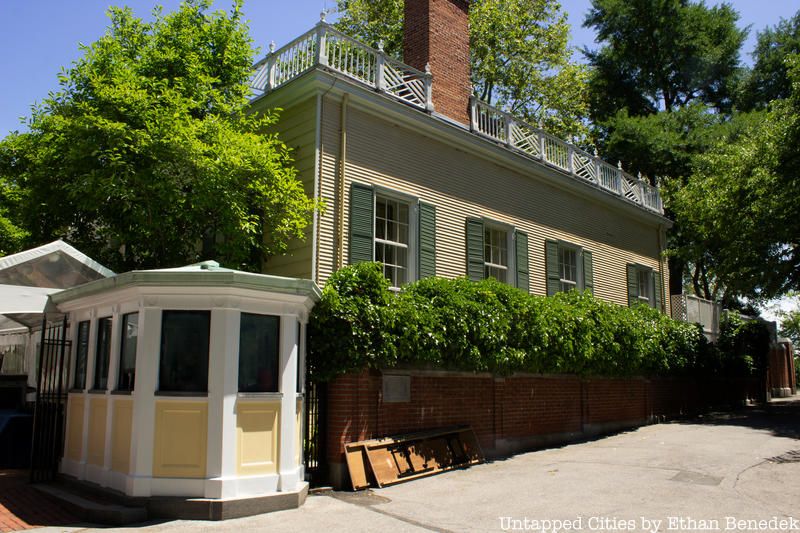
I had previously been on the property twice, once for Parks Department interns back in 2001, when I was in the sign-making division, and a few years ago for a Dominican pride event. This photo doesn’t really do justice to the expansive lawn, which scenically overlooks the East River. When the mansion was first built, residents and visitors made the trip from downtown Manhattan by boat, as most of the island north of 14th street was still forest.
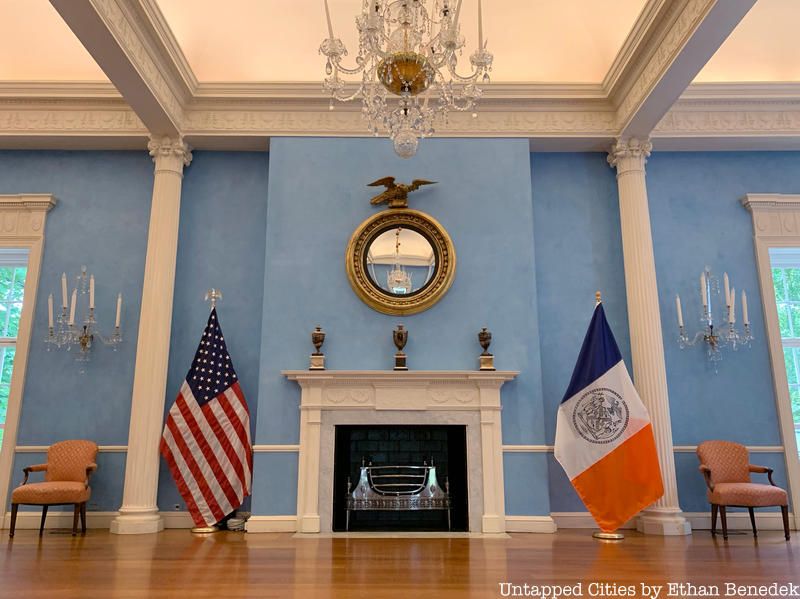
After the tour I took a stroll around Carl Schurz park, which is one of the nicest little parks in the whole city (no coincidence given the well-connected upper east side clientele who frequent it). Little kids were playing baseball on a makeshift grass field, which you don’t see much anymore. The park was named for a German immigrant who commanded for the Union during the Civil War and eventually became a Senator from Missouri. In doing so, he became the first German-American ever elected to Congress, and the park-naming was a gesture to the large number of German immigrants who lived in that part of Manhattan at the turn of the century.
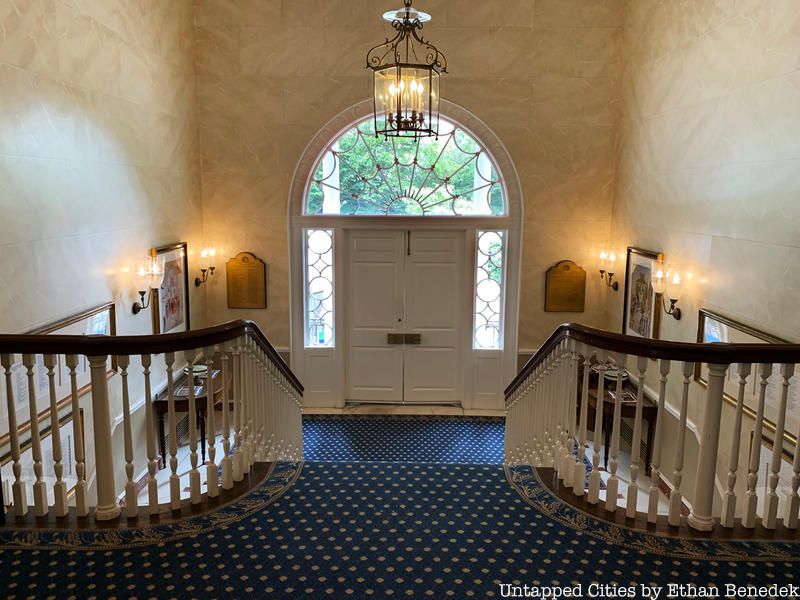
This park had a number of water fountains, which I thought was just awesome. Is it me, or do you not see a lot of water fountains around these days. Sometimes I wonder whether it will be harder to teach about the civil rights movement years from now, because when the teacher explains that blacks had to use separate water fountains, kids will wonder why they weren’t all drinking bottled water. With the high quality tap water we have in New York, people should not be drinking bottled water at home, at work, or out in the parks.
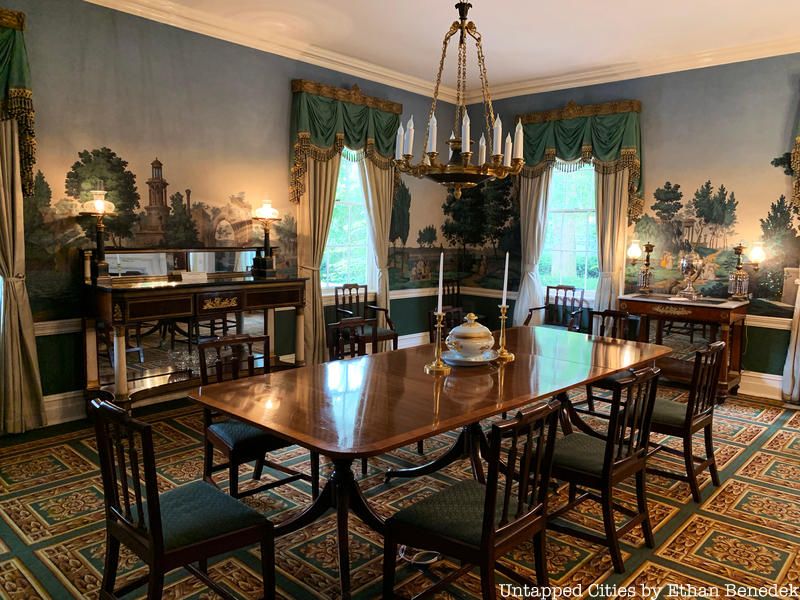
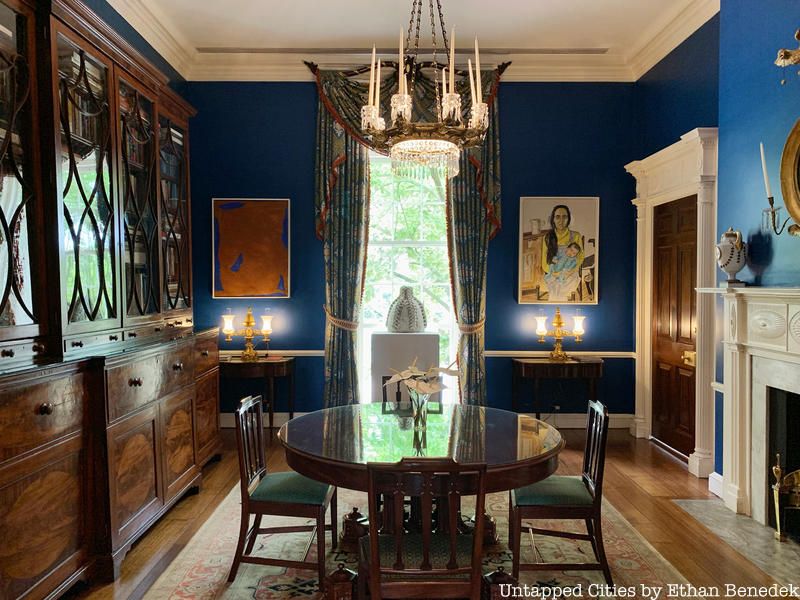
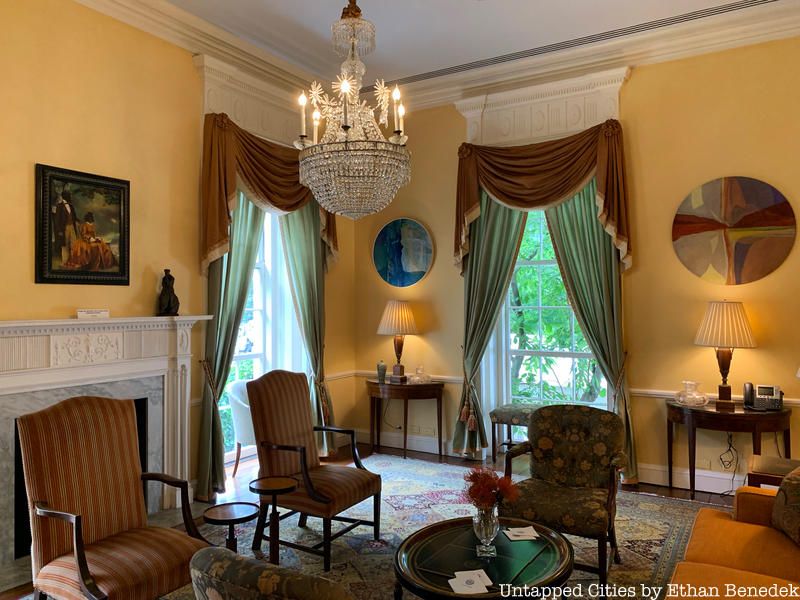
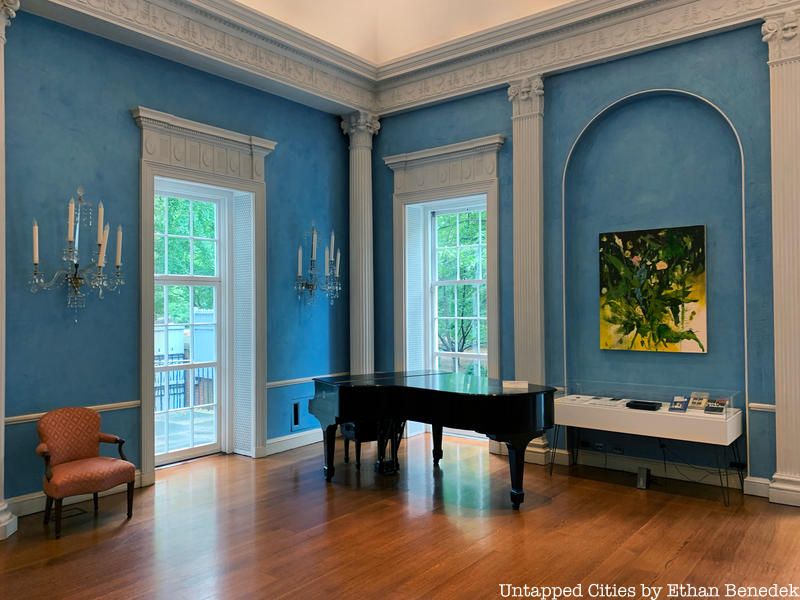
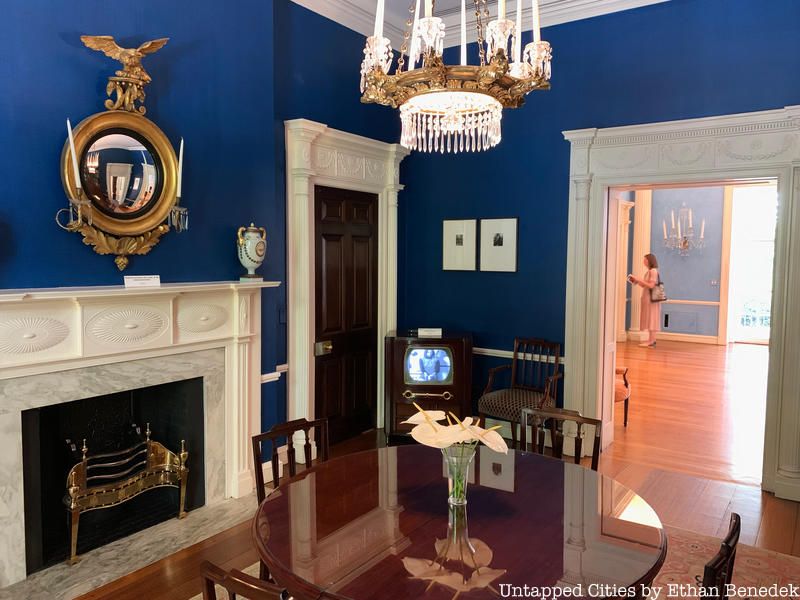
Subscribe to our newsletter